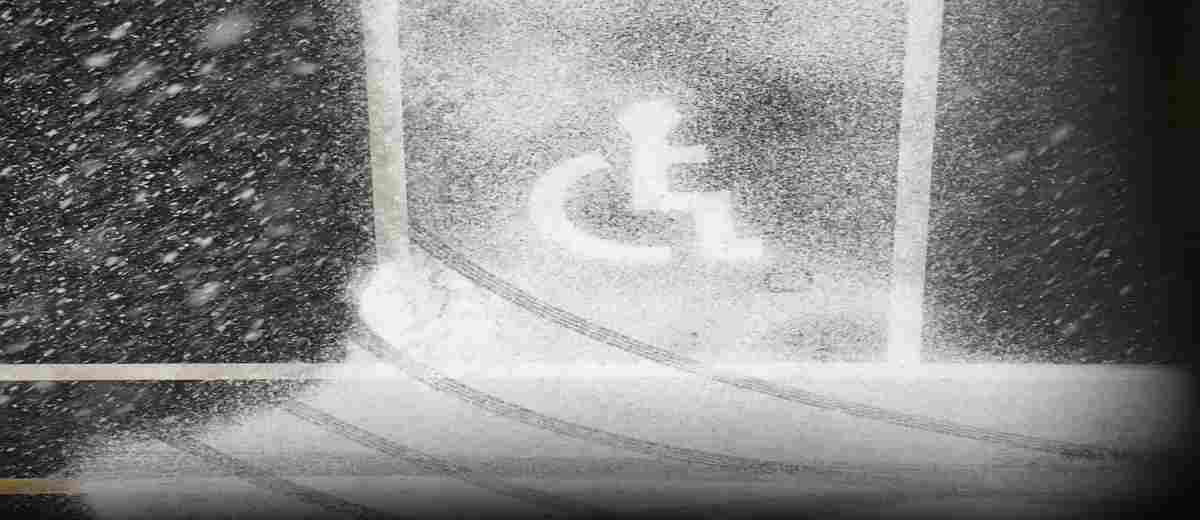Wheelchairs in Winter: A Cripple’s Guide
Using your chair in snowy environments can be difficult and uncomfortable. Here’s a quick guide to help you navigate the white stuff.
Wear the Right Gloves
Your hands critical to moving your chair easily so make sure your gloves are warm and waterproof. It doesn’t matter how stiff they make your grip if you’re pushing properly.
Push Properly
When pushing your chair, you should be gripping both the rim and the tire. This will give you more traction and control when moving through the snow.
Lift Your Front Tires
When moving through the snow, lifting the front of your chair will make it a hell of a lot easier.
Wash Your Hands
When you’re indoors and out of the snow, wash your hands. Seriously. Road salt and grime is hell on your skin. You need to wash all that crap off of your hands. Then, take a damp paper towel and wipe down the rim of your chair tires and your chair frame to remove any left over salt.
Clear the Snow From Your Tires
When you come in from outside, make sure there’s a couple of old towels handy. Roll the chair over one of the towels, take off your shoes (they’re most likely caked in snow), and transfer to the floor. Then, use another towel to clear the snow and from your tires and casters. Take your time here: anything you leave on your chair is going to be tracked through your house.
If it’s too difficult to transfer to the floor, grip your tire, lean to one side and pull backwards. This should force the tire to spin on the towel while leaving the chair stationary.
Keep Legs Warm
If it’s snowing hard, it’s going to be impossible to keep your legs totally dry. To keep your legs warm, I would invest in some thermal underwear. Snow pants would be more waterproof but they are a pain to get out of from a seated position.
Keeping your legs warm is especially important for people with spasticity. Cold legs mean cramps and you’ll find yourself in a lot of sharp, sudden pain if you don’t keep your legs warm.
Keep Your Seat Dry
When you get out of the elements, take time to brush the snow off of your seat cushion before it seeps into the pad. If your seat cushion gets wet, the moisture is going to damage the padding and shorten the lifespan of the foam.
Pay Extra Attention to Your Surroundings
You may not be able to slip and fall on the ice, but you can still get stuck on it. If the surface is steep enough, it can even slide you off of the sidewalk and into traffic. So, pay close attention to your surroundings when moving through snow‐covered areas.
Protect Your Lungs and Don’t get Overheated
Snow and ice means spending a lot more energy moving through even the most familiar areas. A lot of cold‐weather gear isn’t designed for a lot of strenuous movement. Make sure you’ve layered your clothes so they are easy to remove as your body temperature rises. Nothing is going to drain your energy more than getting overheated in a cold environment.
Make sure you wear something that comfortably covers your nose and mouth. You’re gonna be sucking in a lot of cold air, and you don’t want to put any unnecessary strain on your lungs.
